Moose Facts
New:
Click HERE to view a video presented by UNH Extension to learn more about New Hampshire’s moose population. UNH professor and researcher Dr. Pete Perkins and NH Fish and Game’s Moose Project Leader and moose biologist Henry Jones answer all of your questions about these majestic creatures. They cover a variety of topics from habitat and those huge antlers to health and management of the herd. Have a listen, you’re bound to learn something new from the experts!
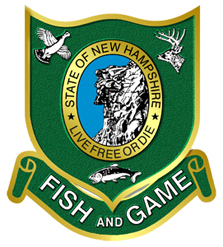
Moose hold an important spot in our New Hampshire hearts and imaginations.
One of those mythical creatures that show up out of nowhere to magically show us that these giants of the woods are still around and play an important part of our natural ecosystem.
The Wildlife Heritage Foundation of NH is proud to celebrate Alces alces (the moose’s genus and species names) as one of our signifying animals, through our Forever Locked display.
We invite you to visit us when we take our Forever Locked “boys” on the road around the state, but until then, here are a few FAQs and photos that might hold you over:
- The moose (the common name for both singular and plural) is in the Cervidae family of mammals
- Moose are the largest of all living deer
- The male is known as the Bull Moose, while the female is known as the Cow Moose
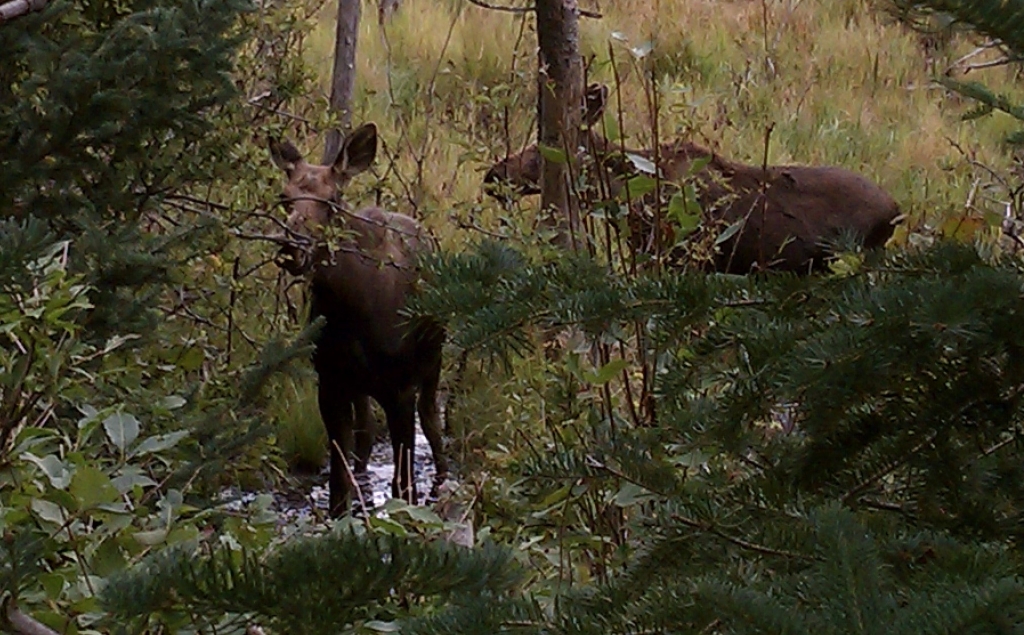
- Incredibly dangerous, the last place you want to find yourself is anywhere near a moose calf when mom is around, as injuries caused by protective cow moose are incredibly lethal
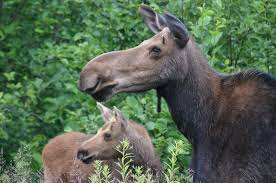
- Moose love to eat plant material, especially young shoots and tree bark. Their teeth are especially designed for browsing on bushes and small trees.
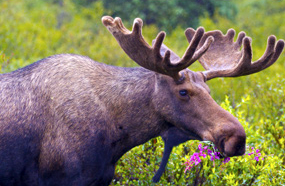
- Most NH moose are 8’ to 10’ in length, with shoulder heights ranging from 5’ to 7’ tall
- Cow moose are slightly smaller than bulls, and yes, the bulls have the antlers
- The largest bull moose taken in NH weighed 1040 pounds, dressed weight, and would have most likely weighed approximately 1400 pounds live weight.
- The largest cow taken in NH dressed at 815 lbs
- With huge size comes a huge appetite. Moose are browsers and will casually devour 73 pounds a day in the summer and 34 pounds in the winter.
- Moose lose their paddles every winter and grow new ones the following spring. Their fuzzy velvet-covered antlers go through a gory transformation, and by October they will have shiny new paddles for competition and display.
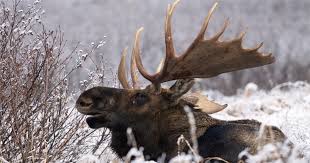
- Another tiny nuisance is the winter tick. Tick infestations depend on the weather and habitat: Harsh winters mean fewer ticks the following year; when ticks fall off animals to complete their cycle and there’s still snow on the ground, they die. So hard, long and cold New Hampshire winters are great news for moose.
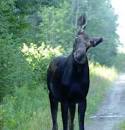
- During mating season in autumn, bulls will cover a lot of ground looking for females to mate with. They establish breeding territory by fighting off other males in the area. The fights are not always fight-to-the-death scenarios, and often a competing moose will back away from a fight if the challenger has a more impressive rack of antlers. A mating season battle is most likely what caused the death of both bulls in our Forever Locked exhibit.
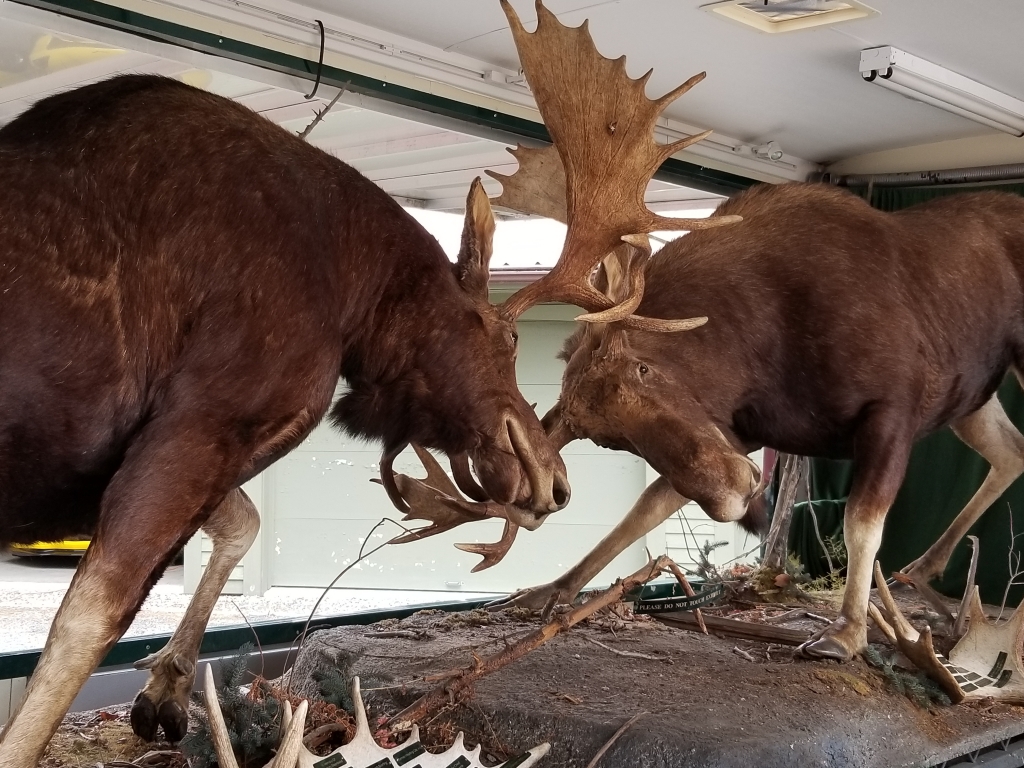
For more information about New Hampshire’s moose population and management visit the New Hampshire Fish and Game website links listed below.
Moose in NH ; Moose and Brainworm

